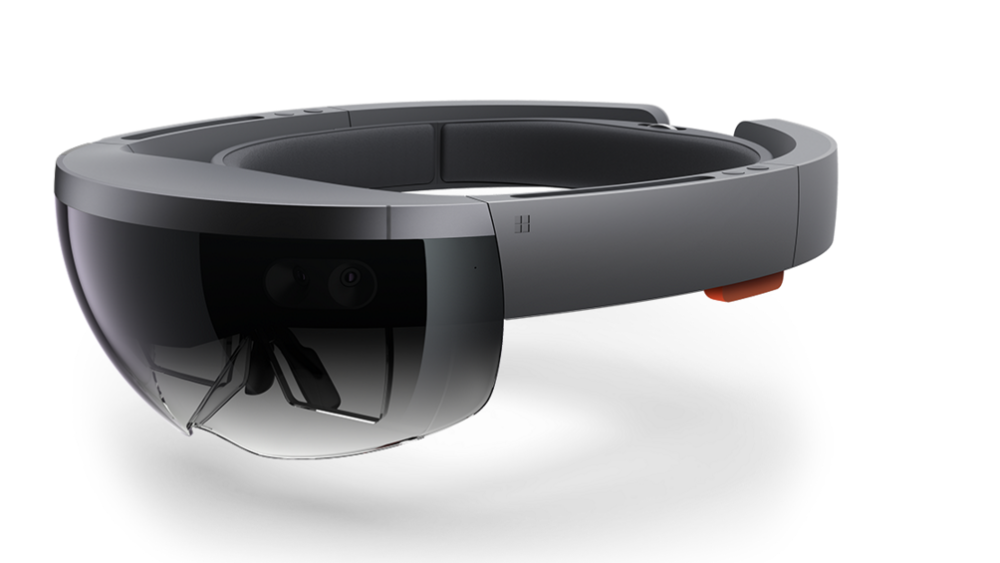I do not have much experience with VR/MR devices, and so I will be relying on reviews and the specs of the devices to determine which ones I feel are best. For VR, I have tried Google Cardboard and other similar VR headsets that use smartphones, but they have not been very good experiences. I have not tried any MR devices.
For VR, the Valve Index is my pick. It is pricey, but the features look the most impressive of all the recently released devices. For instance, it has a higher FOV than other headsets, as well as an above-average refresh rate, which I appreciate. It also has good specs in terms of resolution, audio, etc., though it is on the heavier side. However, for me the main selling point is the controllers, which can can track individual finger movement and grip strength. I think that such controllers are very interesting in both the technology used, as well as practically. For example, it would make gesturing much more natural, as well as allow for users to pick up objects by actually gripping the controller, instead of having to press a button, thus allowing for greater immersion. I hope that controllers with similar features will become standard in the future.

For MR, I would say that the Microsoft HoloLens 2 seems the most impressive. Reviews I’ve seen claim that it is comfortable and feel immersive and intuitive to use. In addition, while it does not have the largest FOV, it is among the top in devices designed purely for MR (i.e. not a VR headset that also has some support for MR). Finally, instead of needing to be tethered to a computer or phone, the HoloLens 2 has its own onboard computer, which allows a user to use it at any time without needing any setup. Finally, as Microsoft Mixed Reality is currently one of the most prominent mixed reality platforms, the HoloLens 2 can be expected to receive support for the foreseeable future.
/HLS19_HoloLens2_leftFacing_tilt_RGB_4K_whiteBG-d17efed754084023912d029033bc378f.jpg)


